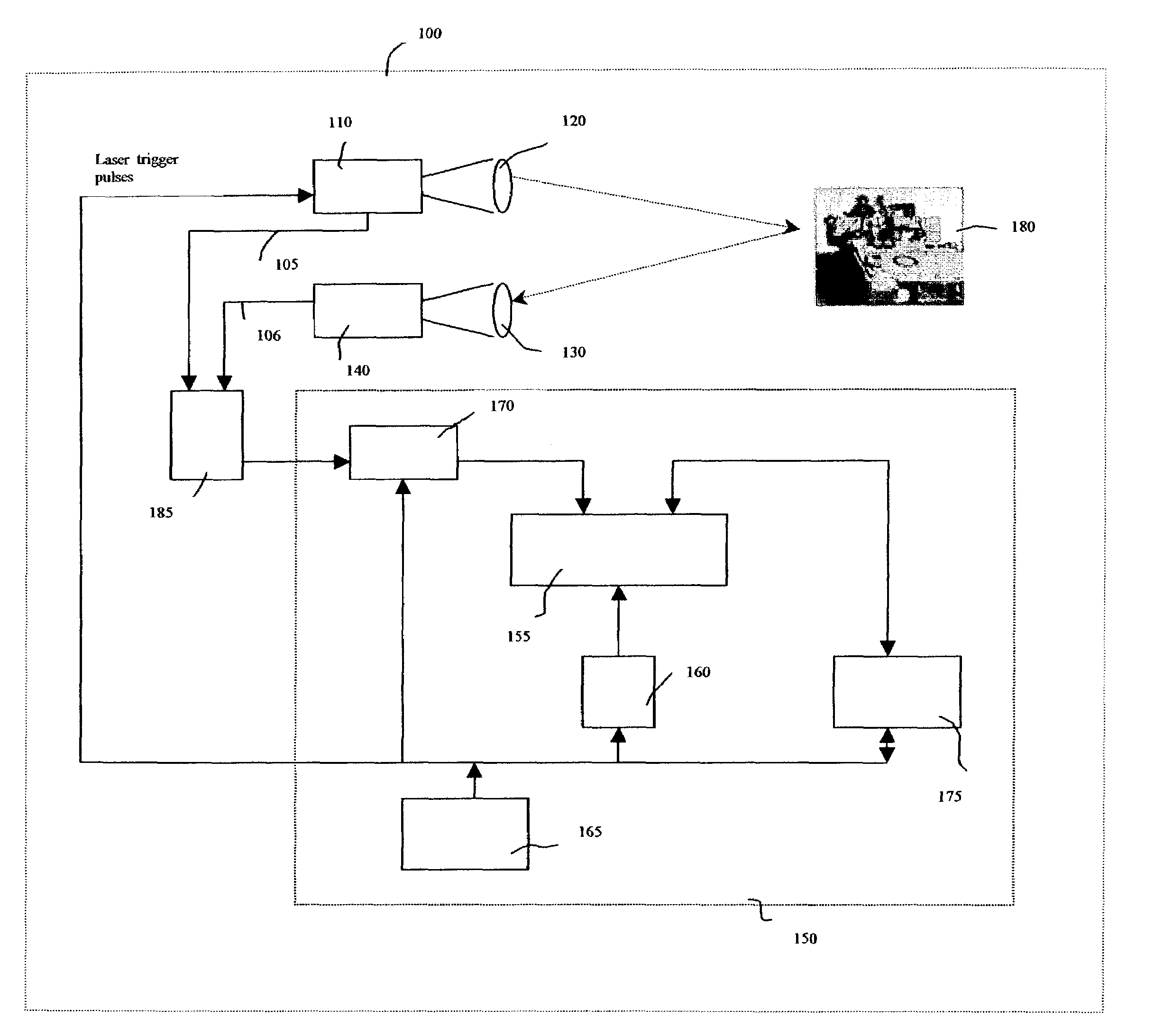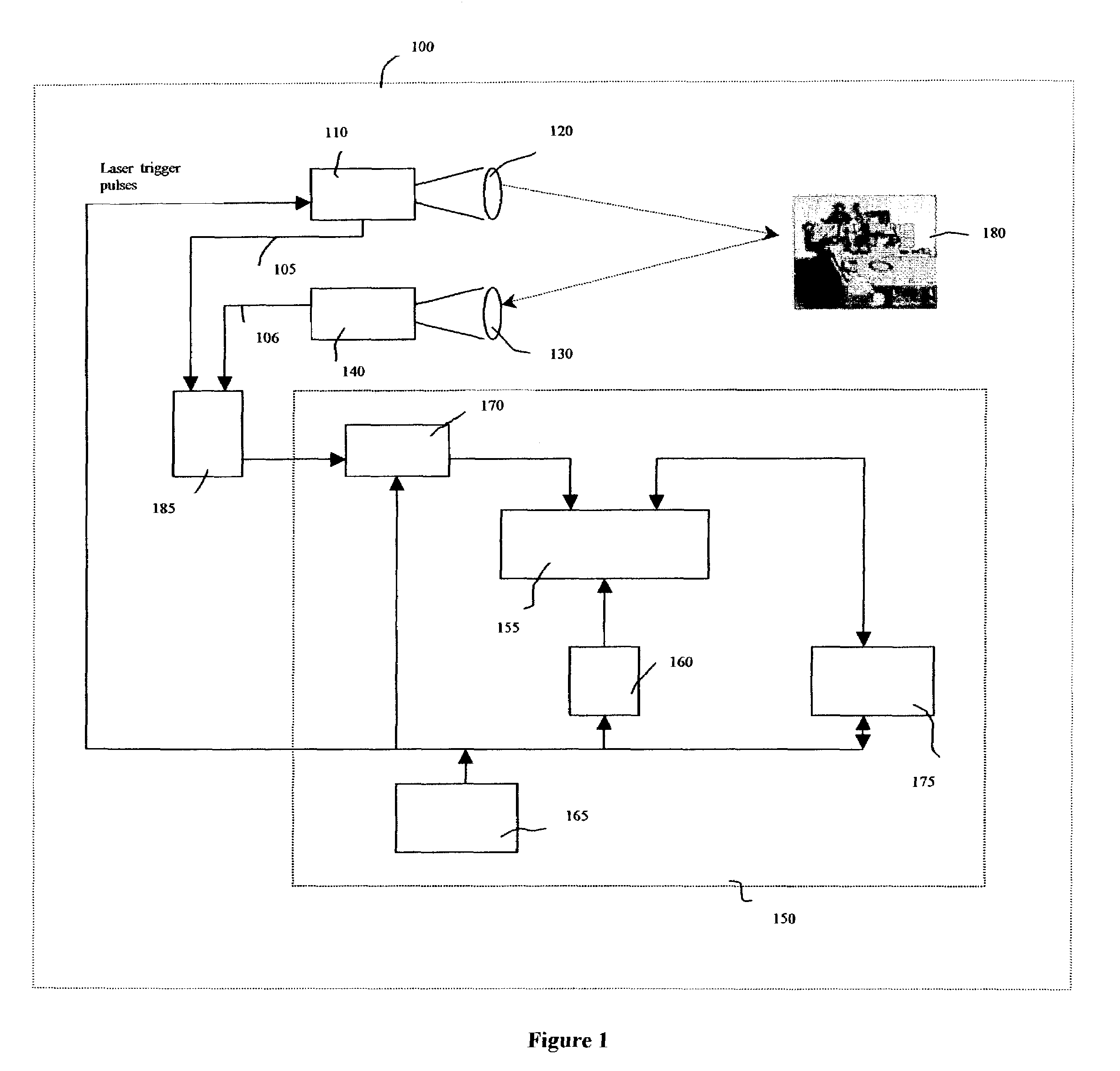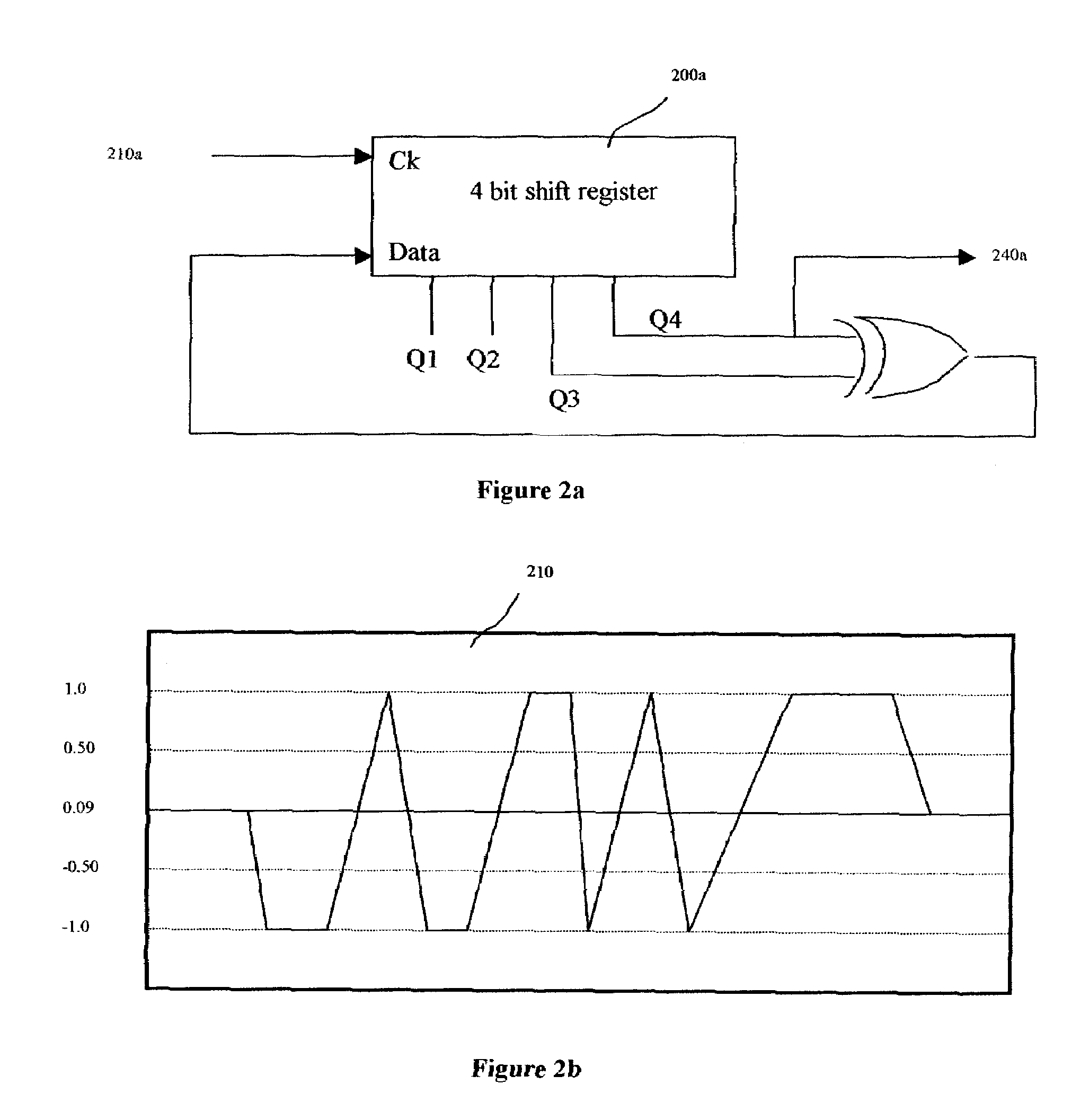Integrated optical communication and range finding system and applications thereof
a range finding and optical communication technology, applied in the field of optical communication systems, can solve the problems of difficult detection of signals of interest, significant attenuation of laser pulses transmitted and received after reflection from the target, and substantial disadvantages of conventional optical communication systems
- Summary
- Abstract
- Description
- Claims
- Application Information
AI Technical Summary
Benefits of technology
Problems solved by technology
Method used
Image
Examples
Embodiment Construction
[0051]The present invention is directed toward systems for conducting laser range and enabling optical communication between a plurality of entities and to the application of such systems in a secure covert combat identification system. In one embodiment, the present invention uses a novel laser system that generates high pulse rates, as required for optical communications, while concurrently generating sufficiently high power levels, as required by laser range finding operations. One application of the present invention is in enabling secure covert communications between a plurality of parties. Another application of the present invention is in tracking and identifying the movement of objects. The present invention will be described with reference to aforementioned drawings. One of ordinary skill in the art would appreciate that the applications described herein are examples of how the broader concept can be applied.
Integrated Laser Range Finding and Optical Communications
[0052]Ref...
PUM
 Login to View More
Login to View More Abstract
Description
Claims
Application Information
 Login to View More
Login to View More - R&D
- Intellectual Property
- Life Sciences
- Materials
- Tech Scout
- Unparalleled Data Quality
- Higher Quality Content
- 60% Fewer Hallucinations
Browse by: Latest US Patents, China's latest patents, Technical Efficacy Thesaurus, Application Domain, Technology Topic, Popular Technical Reports.
© 2025 PatSnap. All rights reserved.Legal|Privacy policy|Modern Slavery Act Transparency Statement|Sitemap|About US| Contact US: help@patsnap.com



